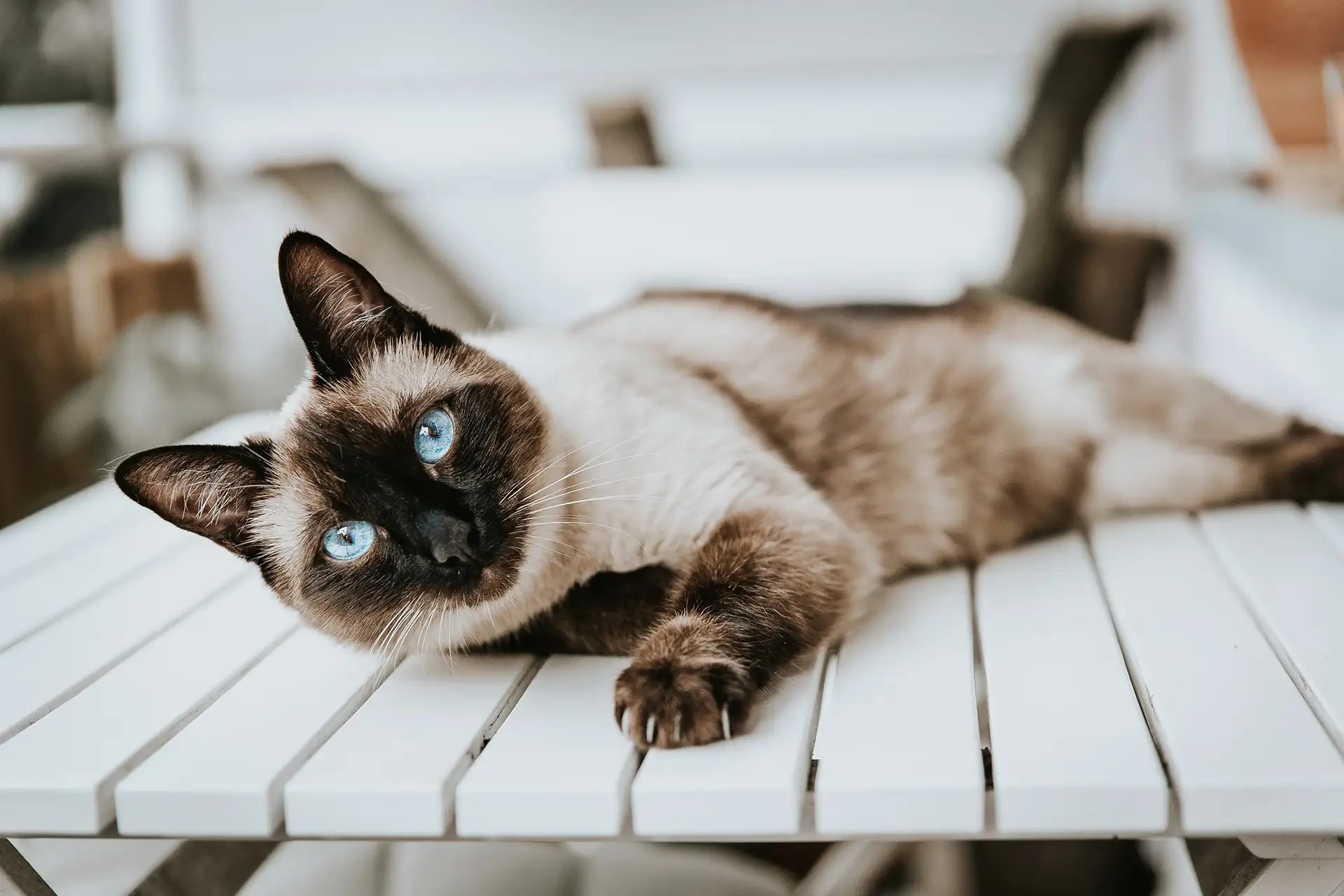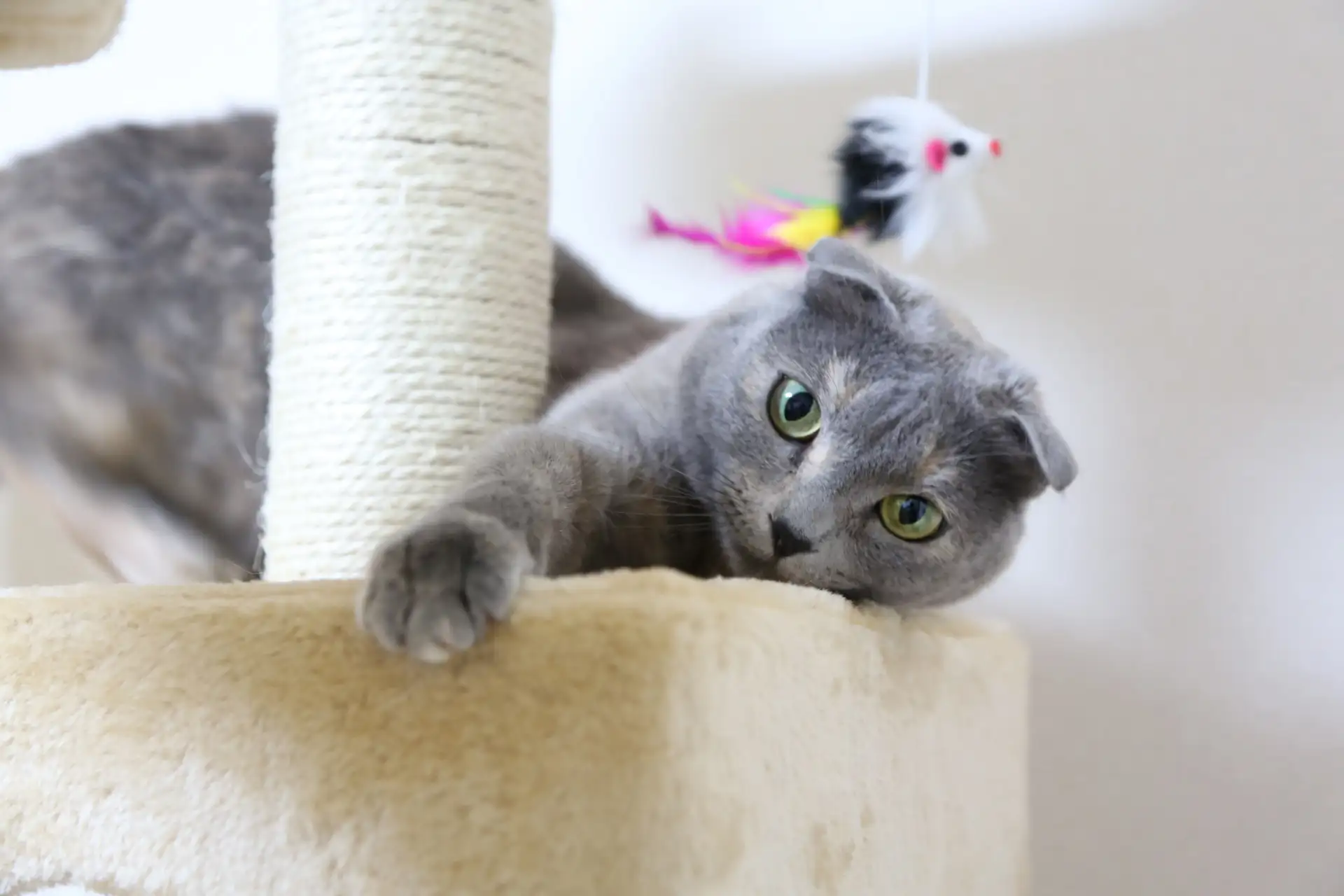Walking A Cat: Do or Don’t?
Cats are all unique, with various purrsonalities. Although some of our feline pals prefer to spend their days lounging in the sun and chasing catnip mice, some are far more adventurous. As you may have observed, we strongly support keeping cats indoors. This way, Fluffy is protected from potential risks such as traffic, severe weather, wild animals, and encounters with stray or dangerous dogs and people. Fortunately, there is a happy middle. Walking your pet is an excellent method to provide her with the best of both worlds! This post provides tips from an Ellicott City, MD veterinarian on how to walk your cat.
Is It Safe For Cats To Go For Walks?
The majority of cats should be fine going on walks with their owners. However, there are a few exceptions. If Fluffy is a senior and has not been on walks previously, it is often safest to leave her alone. Also, not every kitty can endure strenuous physical activity. Persians and other brachycephalic pets can quickly lose their breath, particularly in hot weather. Cats with medical difficulties may struggle with exertion, and bald cats will be uncomfortable in hot or cold weather. Walking is also not really safe for very young kittens. Consult your Ellicott City, MD veterinarian for advice.
If Fluffy gets the all-clear from her vet, you can move forward. However, there are still going to be a few certain safety concerns to be aware of, though taking a few easy steps can significantly reduce them. First and foremost? When walking with your pet outside, always use a leash and a harness.
Keep an eye out for vehicles, stray pets, and sidewalk hazards like broken glass, antifreeze pools, or chemical spills. To keep your furry little friend close to you and prevent her from wandering too far, use a short leash rather than a retractable one.
Something else to remember? Walking a cat is very different from walking a dog. Allow Fluffy to explore as long as she remains safe and close to you. (You can probably give up on teaching her to heel or sit on demand.)
Finally, use caution when approaching trees. If Fluffy becomes terrified, she may automatically attempt to climb one, risking being stuck or entangled. You also may find it quite difficult to get her down again. This is definitely not an ideal situation!
Is There a Downside to Walking a Cat?
There are a few disadvantages. The top one? Meowpulation. Once you’ve taught Fluffy to wear a harness and go on walks, it will become a regular part of her feline routine. If your cat enjoys taking walks, she may insist on going every day. If she doesn’t get to go out, she may become upset and perhaps try to run.
Can I Transport My Pet In A Stroller?
Getting Fluffy a little stroller is an option to consider. There are several benefits to this choice. Your pet will remain safe from any potential threats. She won’t get as much exercise, however.
What Other Things Can I Do to Keep My Cat Content?
Fluffy should have many possibilities for enjoyment besides merely walking around. Our feline companions need both toys and enrichment.
Fluffy will love having fun spots to explore and climb throughout the house. While cat trees are great choices, they aren’t the only ones. Some other options for entertaining your cute pet include empty boxes and newspaper tunnels. Cats also like lounging in window seats: they can sunbathe while also observing local fauna. Give your kitty a comfy spot with a good view.
What Are the Benefits of Walking Your Cat?
Fluffy benefits from walks in the same ways that people do. She will get some exercise, which is beneficial to her general health. Our feline companions are full of energy when they are kittens, but as they become older, they become less active. (Eventually, Fluffy will be able to sleep for 20 hours every day, but that’s another story.)
Going for a walk can also provide your cute pet with much-needed stimulation. Pets’ mental and emotional wellness is critical to their general well-being. Cats, like humans, require enrichment to thrive. Exploring new things may be an exciting and joyful experience for your curious pet.
Although there are benefits to taking Fluffy for a stroll, it’s important to understand that not all cats love it. Going for a walk may be stressful for a fearful pet.
Things could also go the opposite way. Fluffy may become extremely excited about going for walks and try to leave whenever someone opens the door.
How Do I Teach My Feline Companion to Walk on Leash?
Attaching a leash to your pet and expecting her to stroll nicely behind you is probably not going to work out very well. Before taking Fluffy outside, make sure she is comfortable wearing a harness. When picking a harness, avoid those that attach the leash to the neck. Something with a back clip works best.
Start by letting Fluffy wear the harness inside the house. You want her to make a positive association with the harness. Help her along by providing her with something she enjoys, such as cookies or catnip, while she wears it.
Your kitty may initially lie down and refuse to move. Don’t worry. That stubborn ‘cat flop’ mode can’t go on forever! Give her some time to adjust.
Although she may appear uneasy at first, she will get used to the harness sooner or later. After that, you can start attaching the leash. Let her pull it behind her. She may initially attack it or try to run from it. Keep an eye on her to ensure she doesn’t get entangled. When your cat is familiar with the leash, you can take her outside.
Safety comes first! Never leave her unaccompanied in her harness. Before you go out with Fluffy, ensure that she has received all necessary vaccinations and is parasite-free. Fluffy should be microchipped and wearing current identification tags. To be extra safe, think about getting a GPS or air tag for her harness as well.
The First Walk
It’s best to start with a short walk. Simply step outside onto the yard or sidewalk and let your feline buddy explore her surroundings. She may feel anxious at first, but she will probably soon get curious. Don’t force her to stay outside if she starts crying or tries to run indoors.
When Should You Start Walking Your Cat?
It’s best to start at the end of Fluffy’s socialization window, which lasts three weeks to three months. Her worldview is still growing at this stage. Introducing her to a range of people and settings during this time can help her grow into a friendly and receptive adult cat. However, you can still train an adult kitty to go for walks.
Last but not least, just put your pet’s safety first. Don’t go anywhere with Fluffy unless you have received official approval from your vet.
Schedule An Appointment At Our Ellicott City, MD Veterinary Clinic.
Have any questions about walking your cat? Please feel free to call us, your local Ellicott City, MD pet hospital, at any time. We are always delighted to help you!




!Social Icons